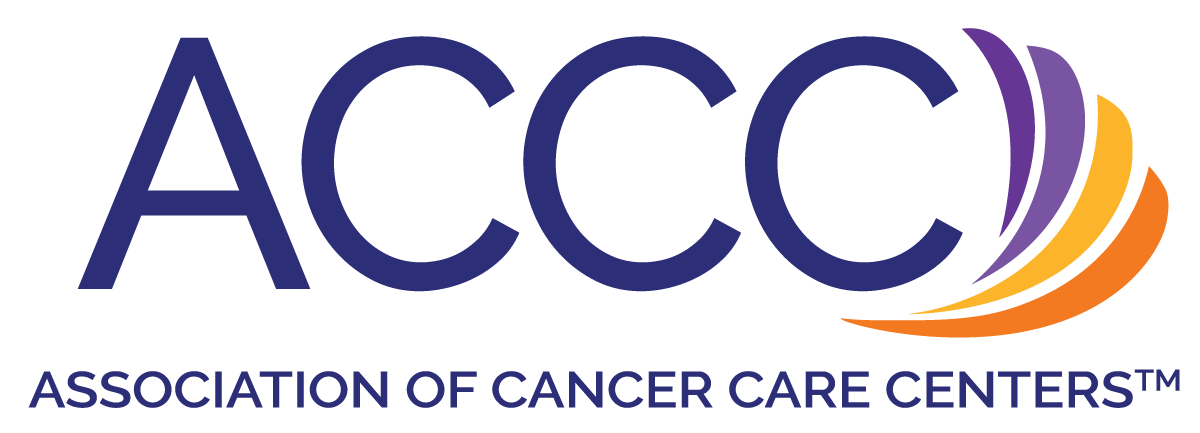
Ochsner Health’s Chemotherapy Care Companion Reduces Hospital Visits, Drives Patient Satisfaction

Ochsner Health's program was among the recipients of the 2022 ACCC Innovator Awards, given to projects that improve patient care, are cost-effective, and are replicable.
Ochsner Health’s remote monitoring system for patients receiving cancer treatments helped drive down hospital stays and emergency department (ED) visits by one-third while improving patient satisfaction among those who used the service, according to a physician who led the project.
Zoe Larned, MD, system chair of Hematology and Oncology for Ochsner, outlined the development of the system, called Chemotherapy Care Companion, and shared early results during Thursday’s session of the Association of Community Cancer Centers (ACCC) 39th National Oncology Conference, taking place in West Palm Beach, Florida. Ochsner’s program was among the recipients of the
In January 2020, creating a digital health system to monitor patients with cancer between office visits was a natural next step for the Ochsner Cancer Institute, which had already embedded urgent care slots within its oncology clinics starting in 2018, Larned explained. Little did Ochsner know how vital remote monitoring would become, when the COVID-19 pandemic gave added value to the ability to remotely track patients’ blood pressure, temperature, pulse, and weight, as well as responses to questions about any symptoms.
“The rationale for doing more with monitoring processes in cancer care is that [this is] a healthcare delivery method that uses technology to allow us to monitor patients outside of the clinical setting and between visits,” Larned said.
This is especially important in cancer care, she explained. Although advances in systemic cancer therapies offer substantial benefits, they can also come with significant toxicity. The ability to use technology to record patient metrics and symptoms remotely means “we're able to continue to monitor them in ways that we have not historically been able to do before.”
Larned said 27% of patients with solid tumors have a least 1 visit to the ED during their treatment course; patients with hematologic malignancies often start treatment in the hospital.
Ochsner’s system is designed to flag signs of the top reasons for admission or an ED visit: infection, and sepsis, dehydration, pain, and hypertension.
The system, launched at Ochsner Cancer Institute in New Orleans, called for patients to enroll through a smartphone or iPad app, where they provided consent and information, and for the health system to provide them with a blood pressure cuff, ear thermometer, and digital scale. Patients were asked to record their metrics and answer questions twice a day, in the early morning and midafternoon, which would give care teams time to see which patients were showing signs of dehydration or infection or were reporting adverse effects (AEs) from medication. If a patient needed an urgent care visit, those slots were already built into the schedule.
Larned’s presentation included screenshots of what the enrollment process looks like on an electronic health record (EHR) and how seamlessly it fits into the workflow. Patients newly prescribed chemotherapy were automatically enrolled, and Ochsner has since added in those patients already taking therapy for cancer. And despite the name, those taking oral therapies or immunotherapy are also included—and may stay enrolled after their regimen ends due to the nature of AEs.
Results. Preliminary data collected from January 2020 through December 2021 showed that patients who participated in the digital monitoring program had a 33% reduction in ED visits and hospital admissions compared with those who were not enrolled.
As of today, Larned said, 500 patients have enrolled in the program, ranging in age from 23 to 86 years of age. Compliance with the program is 70%; Ochsner considers a patient compliant if he or she completes at least half of the assigned daily tasks.
Although 50% of the patients enrolled have stage IV cancer, Larned said the program has monitored patients at every stage—and she is optimistic for its usefulness in patients with earlier stage cancers. “We know if we can monitor patients between appointments, it’s just as important to get our [patients at] earlier stages enrolled,” she said.
Patient surveys show high enthusiasm for the program, and Larned said patient feedback has been valuable in making improvements. Ninety percent said they were very satisfied or satisfied, and 90% would recommend the program to a friend or family member, she said.
Since its launch, Chemotherapy Care Companion has expanded to Ochsner’s other regional cancer centers and clinic sites, which stretch from northern Louisiana in Shreveport to the Mississippi Gulf Coast. Ochsner leaders have refined the system to shut off if a patient is admitted and have adapted the baseline measures to acknowledge that Louisiana’s overall health status is poor compared with other states. (Separately, Ochsner is leading a statewide effort to raise Louisiana’s health measures by 2030).
Chemotherapy Care Companion is not considered optional at this point, Larned explained. “We’ve made this a value-based metric for our team. All providers have bought in as part of our value-based measures.”
Newsletter
Stay ahead of policy, cost, and value—subscribe to AJMC for expert insights at the intersection of clinical care and health economics.





























































